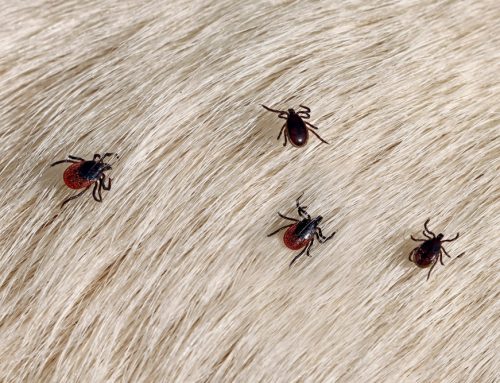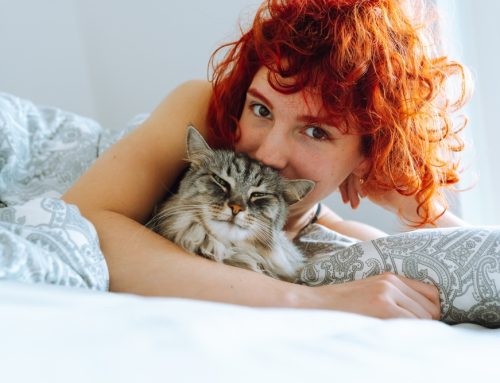Pet owners understand about expecting the unexpected. With pet health insurance, they can face unanticipated emergencies, and know that financial constraints will not prevent their pet from receiving necessary treatment. Best Friends Veterinary Care has composed the following guide, to help you understand pet health insurance and make a confident investment in your pet’s future health.
How pet insurance works
Most pet insurance companies operate on a reimbursement-based payment model—the pet is treated for the condition, and the owner pays any costs for the services performed. Afterward, the owner files an insurance claim and, if approved, the company sends a reimbursement. Claim filing is easy, and typically done through an app or online.
Some companies offer direct payment to the veterinary clinic, eliminating the need for any out-of-pocket expense except the deductible.
Variables that affect pet insurance costs
Pet insurance policy costs can be modified to suit a pet owner’s budget and individual pet care needs. Customizable factors include:
- Monthly premiums — Calculated based on the pet’s age, breed, and location, monthly premiums can be customized to fit the owner’s budget. Average premium costs vary between $45 to $60 per month, but can be higher for plans with better incentives.
- Deductibles — This is the required out-of-pocket cost from the pet owner before insurance begins paying for care. Deductibles inversely affect the premium payment—a more affordable monthly premium requires a higher deductible, and a lower deductible will have a higher monthly payment. Deductibles may range from zero to $1,000.
- Reimbursement percentage — The total cost covered by pet insurance after the deductible is met, the reimbursement percentage will also affect the monthly premium.
- Maximum payout — The maximum payout is the total amount that pet insurance will cover per year, or over the pet’s lifetime. Annual coverage limits are reset each year.
Pet insurance does not cover pre-existing conditions
No pet insurance provider will cover pre-existing pet conditions or related illnesses. Although many policies do not have a maximum age limit, you should sign up for pet insurance while your pet is young and healthy, to ensure all future costs are covered.
All pet insurance policies have waiting periods
All pet insurance companies require waiting periods before coverage is effective. Emergency waiting periods tend to be shorter, around 72 hours, while orthopedic waiting periods average six months.
5 popular pet insurance companies
The following list is intended as a starting point as you research pet insurance policies. Best Friends Veterinary Center does not personally endorse or provide a reference for any particular pet insurance company. The companies on this list are in no particular order.
- ASPCA Pet Health Insurance — Administered by one of the oldest U.S. pet insurers, ASPCA insurance coverage includes behavioral therapy, alternative medicine, and physical rehabilitation coverage. Additionally, ASPCA offers:
- Equine policies — Accident and illness policies for horses
- Preventive care add-ons — Plans for wellness examinations, preventive prescriptions, and vaccinations
- Waived pre-existing conditions — A condition is no longer considered pre-existing and can be covered in the plan after a pet has been symptom-free for 180 days
- Embrace Pet Insurance — In addition to accident and illness coverage, Embrace offers an optional wellness rewards program for various pet care costs, such as training, grooming, and alternative medicine. They also offer:
- Diminishing deductible — Every year without a claim, the deductible is reduced
- Dental care — Up to $1,000 in dental care per year, without an exam
- 12-month medical review — Pre-existing conditions are determined by the past 12 months, not a pet’s lifetime
- Healthy Paws — Pet owners like Healthy Paws for their simplified, sensible plan, and affordable premiums. They boast:
- Pre-authorization option for costly procedures — Direct payment to the clinic, which reduces any upfront burden to the pet owner
- Fast payment — 99 percent of claims are processed in 48 hours
- One simple plan — Healthy Paws removes the confusion of too many options, providing one easy-to-understand plan for all pets
- Pets Best — Tiered accident and illness coverage with Pets Best allows the pet owner to create a customized plan that can include post-event rehabilitation and wellness care—protecting your pet from the unexpected and the unexpected. Pets Best offers:
- High reimbursement percentages — 70 to 90 percent reimbursement options
- Vet-direct pay — Pets Best pays the clinic directly after a claim is filed, so the owner pays only their deductible
- Accident-only insurance — An affordable coverage option for pets with pre-existing chronic conditions
- Trupanion — Trupanion provides comprehensive accident and illness pet insurance with one simple plan, 90 percent coverage of veterinary costs, and no payout limits, plus:
- Vet-direct payment — Convenient vet-direct payment for participating clinics, with no claim filing necessary
- Per-condition deductibles — Pet owners pay a deductible only on new conditions
- Versatile rider options for additional coverage — Recovery care and breeding animal packages are available

Best Friends Veterinary Care believes that owners should never have to choose between their beloved pet and their bank account. By insuring your pet, you can be certain that their priceless love and companionship will never be defined by cost.
Consult pet insurance websites for specific coverage and policy comparison—remember, though, many great companies are not listed here, so ensure you explore all the options. Contact Best Friends if you have any questions about your pet’s health, or need advice on pet insurance.








Leave A Comment